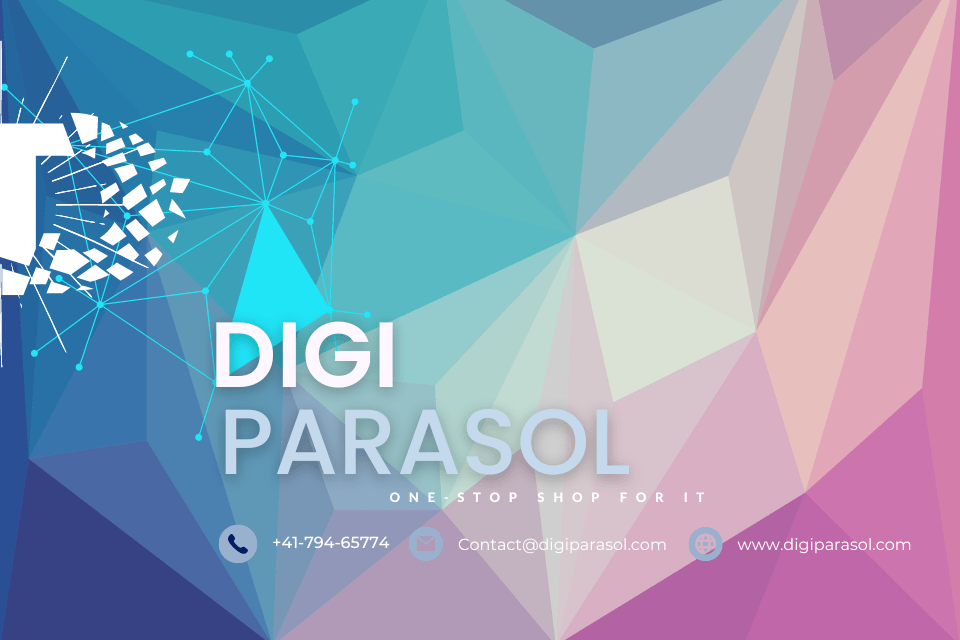In today’s fast-paced world, the traditional one-size-fits-all approach to education is becoming less and less effective. As technology advances and our understanding of how people learn evolves, educators are recognizing the importance of personalized learning paths to meet the unique needs of each student. Customizing education has become increasingly popular, with many schools and educational institutions embracing the concept of personalized learning.
Personalized learning is an approach to education that tailors instruction, pace, and content to the individual needs, interests, and abilities of each student. By providing a customized learning experience, educators can better engage students, enhance their understanding and retention of material, and ultimately, improve academic achievement. This approach not only benefits students but also empowers teachers to meet the diverse needs of their classroom effectively.
There are several key benefits to customizing education through personalized learning paths:
1. Increased Engagement: When students have a say in their learning, they are more likely to be engaged and motivated to succeed. By providing personalized learning paths, educators can tap into students’ interests, strengths, and learning styles, making the learning experience more meaningful and engaging.
2. Improved Academic Achievement: Personalized learning paths allow students to progress at their own pace, ensuring that they master skills and concepts before moving on to more advanced material. This individualized approach can lead to improved academic achievement and a deeper understanding of the subject matter.
3. Greater Flexibility: Personalized learning paths give students the flexibility to learn anytime, anywhere, and at their own pace. Whether students need extra help in a specific area or want to explore a topic in more depth, personalized learning paths allow for individualized instruction and support.
4. Enhanced Collaboration: Personalized learning paths encourage collaboration between students and teachers, as well as among students themselves. By providing opportunities for students to work together on projects, share ideas, and provide feedback, personalized learning paths promote a collaborative and supportive learning environment.
5. Lifelong Learning Skills: Customizing education through personalized learning paths helps students develop essential skills such as critical thinking, problem-solving, and self-regulation. By taking ownership of their learning and setting goals for themselves, students are better equipped to succeed in school and beyond.
Tips for Getting Started with Personalized Learning Paths:
1. Assess Students’ Needs: Before implementing personalized learning paths, it is essential to assess students’ current knowledge, skills, and interests. This will help educators tailor instruction to meet the unique needs of each student effectively.
2. Set Clear Learning Goals: Establish clear learning goals and objectives for each student to guide their personalized learning path. These goals should be specific, measurable, achievable, relevant, and time-bound (SMART).
3. Provide Differentiated Instruction: Differentiate instruction to meet the diverse needs of students in the classroom. Offer a variety of learning opportunities, materials, and resources to address different learning styles and preferences.
4. Use Technology Wisely: Technology can be a powerful tool for personalized learning, providing opportunities for students to access resources, collaborate with peers, and receive immediate feedback. However, it is essential to use technology wisely and ensure that it complements the learning experience rather than detracts from it.
5. Monitor Progress and Adjust as Needed: Regularly monitor students’ progress on their personalized learning paths and adjust instruction as needed. Provide timely feedback, support, and guidance to help students stay on track and achieve their learning goals.
Essential Equipment for Customizing Education:
1. Devices: To implement personalized learning paths effectively, students will need access to devices such as laptops, tablets, or Chromebooks. These devices will allow students to access online resources, collaborate with peers, and complete assignments.
2. Internet Access: Reliable internet access is essential for personalized learning, as it enables students to access online resources, communicate with teachers and peers, and participate in virtual learning activities.
3. Learning Management System (LMS): An LMS is a software platform that enables educators to create, deliver, and manage online courses and educational content. Using an LMS can streamline the process of customizing education through personalized learning paths and offer a centralized hub for students to access materials and track their progress.
4. Educational Apps and Software: There are many educational apps and software programs available that can support personalized learning by providing interactive and engaging learning experiences. From math games to virtual field trips, educational apps can enhance the personalized learning experience for students.
5. Collaboration Tools: Collaboration tools such as video conferencing platforms, messaging apps, and online discussion boards can facilitate communication and collaboration among students and teachers in a personalized learning environment.
Customizing education through personalized learning paths offers numerous benefits for students and educators alike. By tailoring instruction to meet the unique needs of each student, educators can increase engagement, improve academic achievement, and foster lifelong learning skills. With the right equipment and strategies in place, schools and educational institutions can successfully implement personalized learning paths and provide students with a truly customized education experience.


